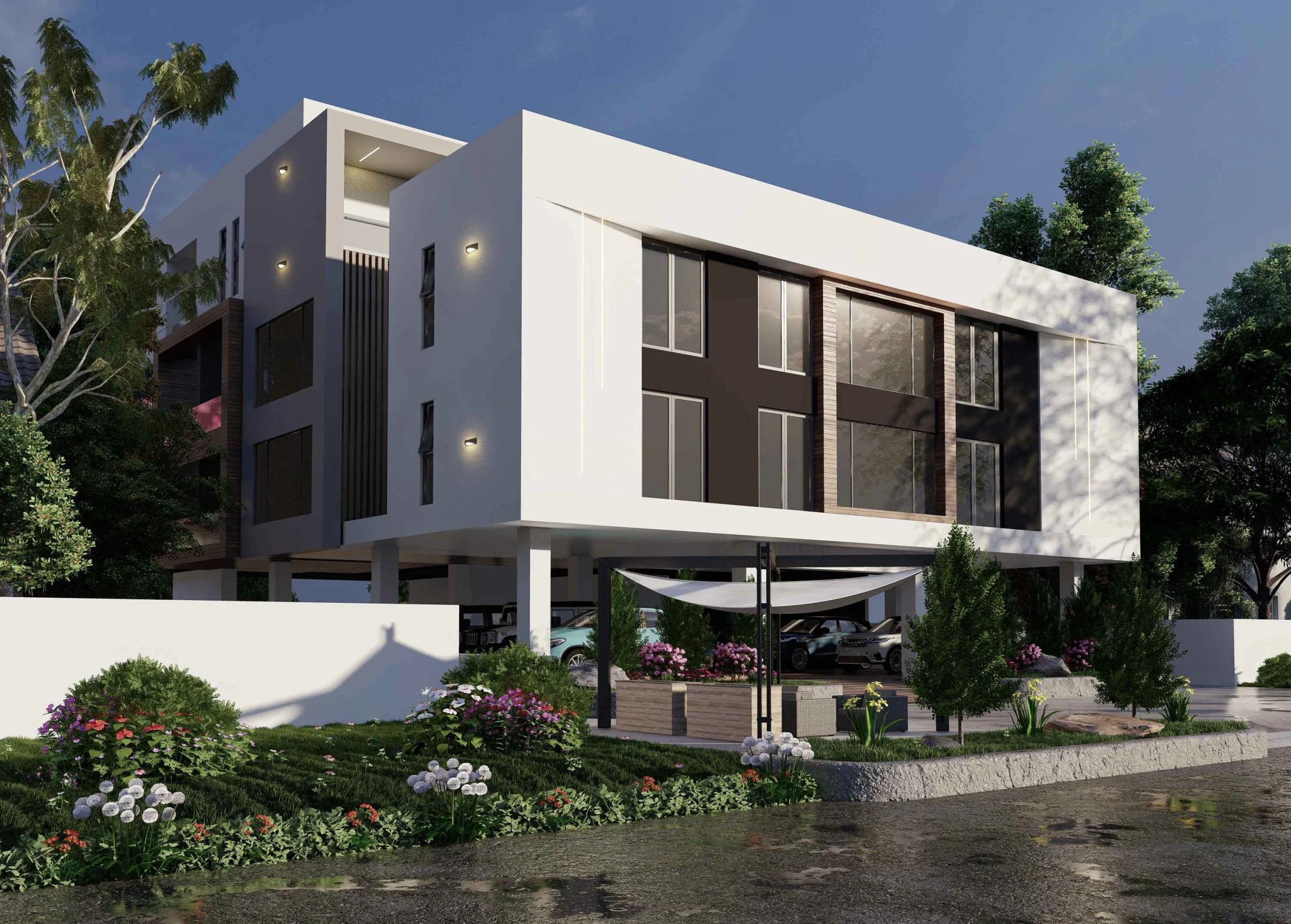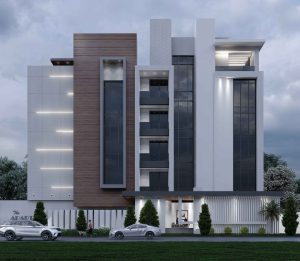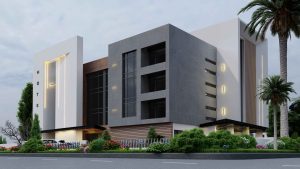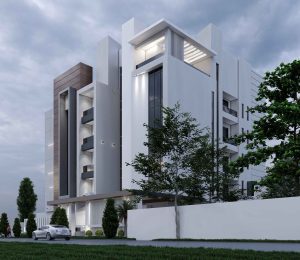The Role of Technology in Shaping Architectural Design is a dynamic and evolving topic that covers
various dimensions:
Digital Design Tools: Exploring the impact of computer-aided design (CAD), Building Information
Modeling (BIM), and other digital tools in the conceptualization and planning phases of architectural
projects.
Virtual and Augmented Reality: Discussing how VR and AR technologies are revolutionizing the
visualization of architectural designs, allowing stakeholders to experience and interact with spaces
before construction.
Parametric Design: Examining the use of parametric design in architecture, where algorithms drive the
generation of complex and adaptive forms, optimizing both aesthetics and functionality.
Smart Building Technologies: Highlighting the integration of IoT devices, sensors, and automation in
architectural designs to enhance energy efficiency, security, and overall building performance.
Generative Design: Exploring the role of generative algorithms in creating design options based on
specified criteria, fostering creativity and efficiency in the design process.
3D Printing in Construction: Discussing advancements in 3D printing technology and its application in
constructing architectural elements, offering new possibilities in form and materiality.
Responsive Architecture: Addressing how technology enables the creation of responsive environments
that adapt to changing conditions, such as kinetic facades and movable structures.
Environmental Analysis Tools: Exploring how technology aids architects in assessing environmental
impacts, including sunlight exposure, wind patterns, and thermal performance, influencing sustainable
design decisions.
Collaborative Platforms: Discussing the use of cloud-based platforms and collaborative tools that
facilitate real-time communication and project coordination among architects, engineers, and other
stakeholders.
Digital Fabrication: Highlighting the use of CNC machining, robotic fabrication, and other digital
manufacturing processes in bringing intricate designs to fruition with precision.
This topic showcases how technological advancements continue to shape and redefine the practice of
architecture, offering new possibilities for creativity, efficiency, and sustainability.




